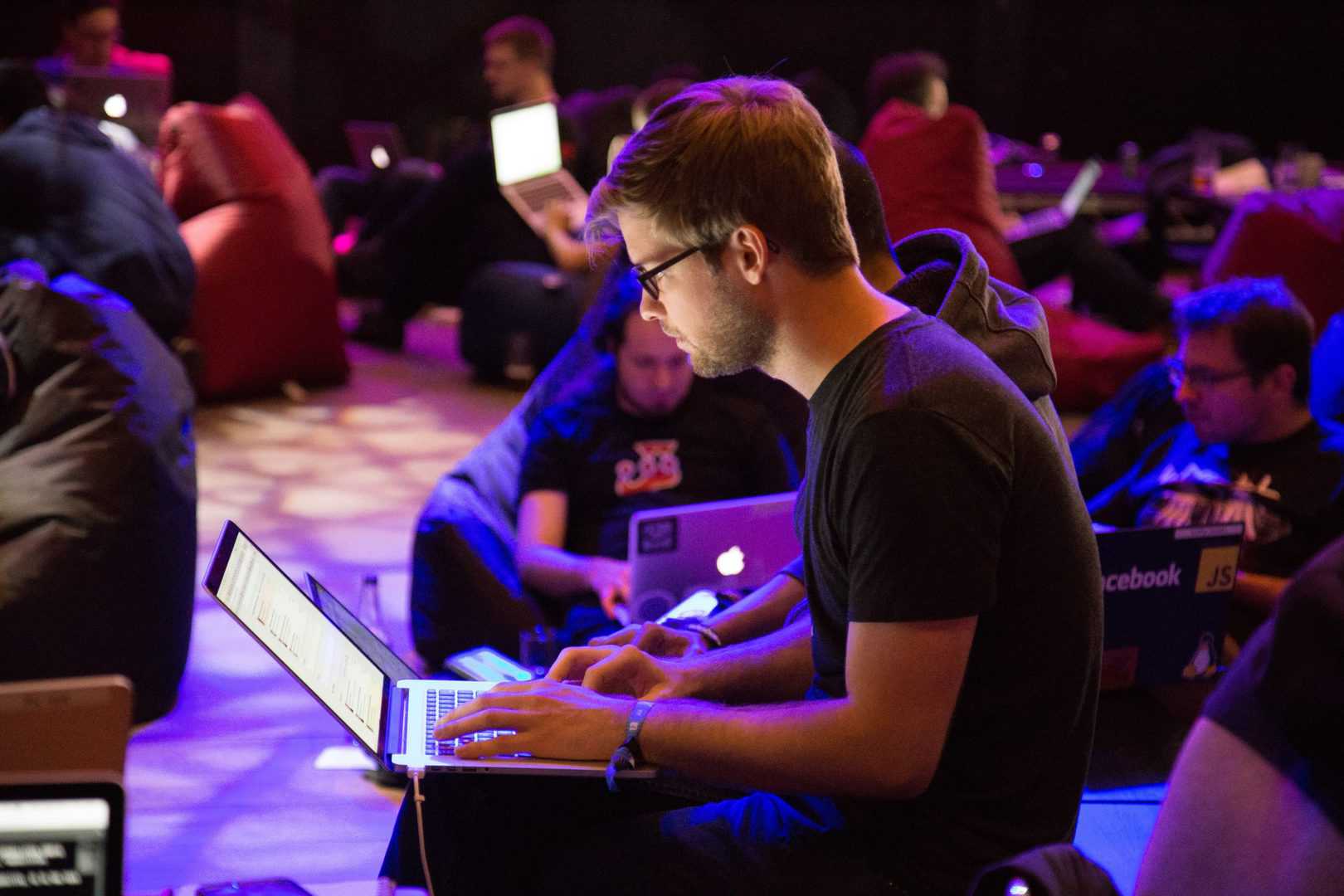Despite the incredibly challenging times, one area of hope and success is found within our tech companies. But as more founders start out in the tech market, and existing ones pivot into it from bricks and mortar, what is the secret of standing out in such a crowded marketplace?
The Pet Market
James Davidson, the co-founder of tails.com, is a hugely seasoned entrepreneur, having worked under Richard Reade at Innocent for many years. Tails offer personalised pet food and even have their own dog cookbook. In his contribution to my book, Scale for Success, James is candid about how when Tails first opened, they came close to closing a few months later. He says that “we had missed while we focused so hard to create the very best quality, tailored product, were the real-life needs and expectations of our customers.”
Having realised their mistake, it catalysed them into taking a new approach and putting customers at the centre of everything they did. They structured the business to take on market feedback fast, communicate well, and make changes if needed, whether it be to the feed for dogs, delivery times, or responding to customers’ questions. It was their very personalised customer journey in their marketplace through which I first heard of them, and that has resulted in them now being in nine countries across Europe, including the UK.
James says that a useful piece of advice for any business is that, however passionate you are about your product, you need to understand your customers’ needs and expectations. “It sounds simple,” he says, “but getting this wrong is potentially the end of the line.”
The Ski Holiday Market
Another tech company that is bucking trends by putting the customer first is Maison Sport, co-founded in 2016 by former British ski champion Nick Robinson. Maison Sport has given visibility and a platform to some of the most renowned ski instructors, who were previously only found by word of mouth or via concierge services. Maison Sport makes them accessible, and as they set their own pricing, this elite group is often cheaper for the customer than the average ski school.
“Skiers and snowboarders aren’t all looking for the same experience. Nick explains: “Some are focussed on learning or refining their technique, some are after the cheapest lessons available, while others while want to ride with a true local someone who can show them a resort’s hidden gems, whether it’s a tucked away, scenic café or restaurant or fresh untouched off-piste.”
Customers can narrow their search in the booking journey to a range of instructors that suit them; they can then compare instructor profiles, taking into account the instructor’s unique skill set and experience, reviews from past customers, and their pricing.” They also offer a unique process linking the instructor to the customer before booking, ensuring the instructor can meet the customer’s needs. Like tails.com, this mix of personalisation enabled by tech is proving a massively successful combination with outstanding customer reviews.
The Banking Market
Amaiz offers a business banking app that aims to take the hassle of payment admin away from small businesses and sole traders. Business accounts are quick and easy to open and use, and you can seamlessly invoice and receive a credit card payment within minutes by return. I asked Matt Goddard, their Head of Acquisition, how they managed to keep the customer journey in focus and their eye on the market when there are so many requirements to meet in the Fintech sector. He agreed that for them, too it is a case of balancing human support and automation.
“We want customers to easily understand the journey they are on, but also minimise our touchpoints,” Matt says. “Each one should add real value – be reassuring but not overly obtrusive,” Matt says that while their tech may lead the way, they have customer support available from onboarding, so that they can both provide customer support but also get to know their customers. They find that the double reward of increased accuracy, combined with the interaction, pays off in the relationship itself.
Amaiz also works on striking a balance between informing and not overwhelming customers. By managing customer expectations, they can prepare them for each step of the way, but also highlight the product features. “Voice biometrics is a great example”, says Matt. “It’s cutting-edge technology that shows customers that security is a live concern and is easy to use. But it also has a wider role in providing value, support, and a better customer experience during their time with our app. Onboarding sets a tone, and we’re very excited about the potential of features like this as our app continues to develop.”
Three very different companies in three very different market sectors, but one key message. If you are a tech company, great tech alone is not enough to help you succeed. You need a well-thought-out, supportive customer journey that adds back in the personal touch.
You might also enjoy How to Stand Out with an Inspirational Brand
This article originally appeared in the Irish Tech Times

